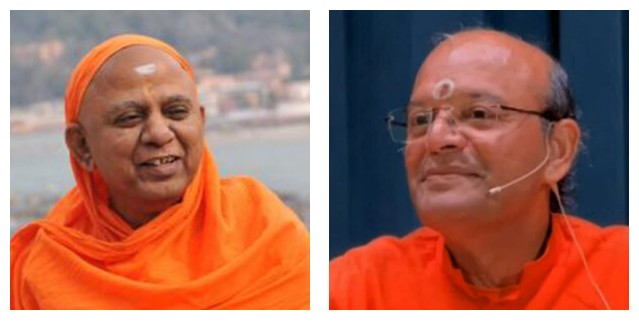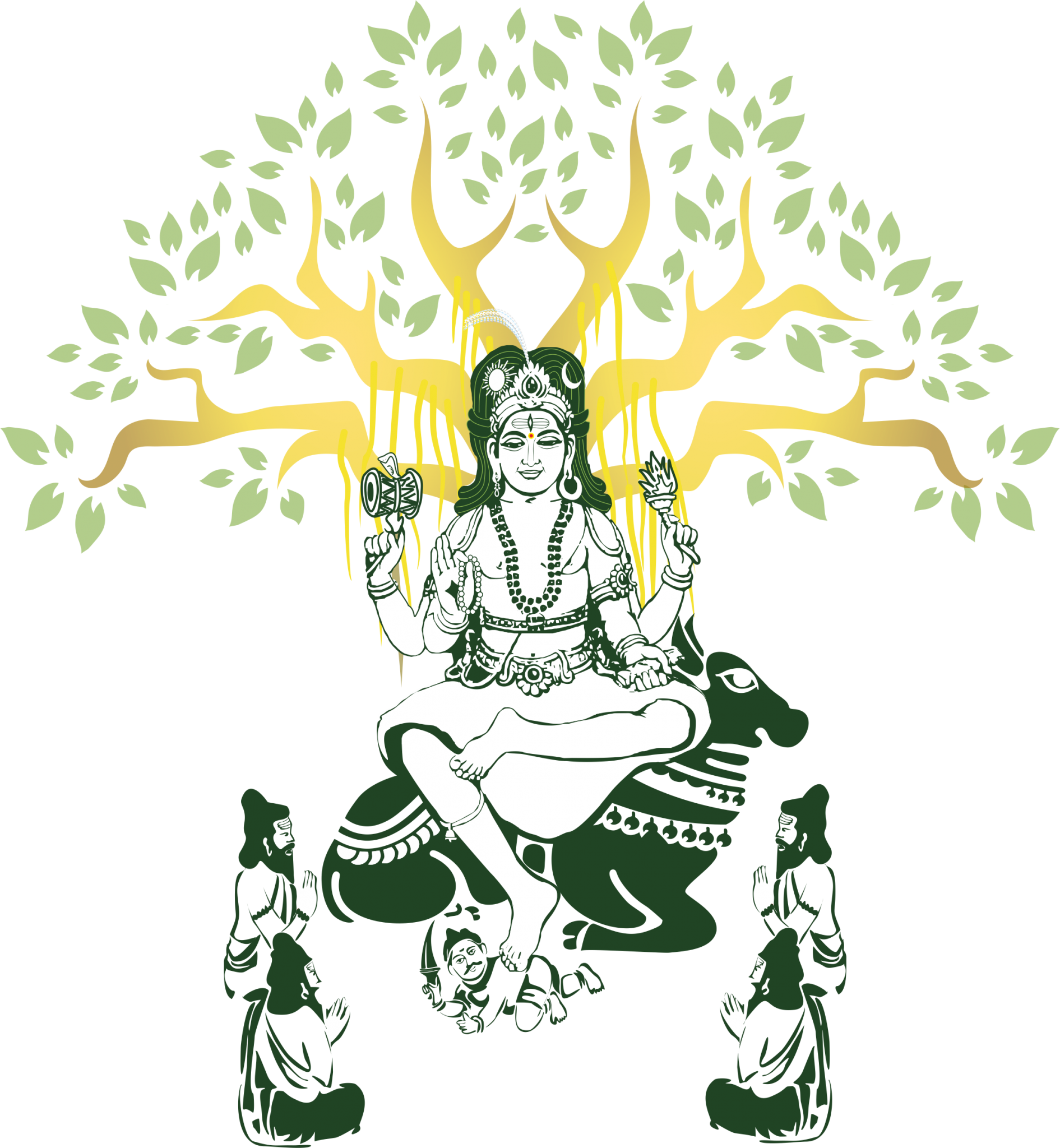IN-PERSON ONLY (no live streaming)
This course will also not be recorded.
TOPICS:
Brhadãranyaka Upanishad 4.3, Jyotirbrahmana ~ Swami Sakshatkrtananda
Kena Upanishad with Bhashyam ~ Swami Muktatmananda
TEACHER:
REGISTRATION:
For in-person participation, you can register online HERE.
Or contact Karthik Ramagopal: avg.karthikr@gmail.com
ONLINE PARTICIPATION is not available for this course.
DESCRIPTION:
Brhadãranyaka Upanishad 4.3, Jyotirbrahmana
This section of the Upanishad has as its topic the jyoti, light, which illumines all of our thoughts and actions. It is framed by a dialogue between Sage Yajñavalkya and King Janaka in which Janaka begins by asking, “What serves as the light for a person?” The resulting discussion gradually increases in subtlety as Yajñavalkya discusses the three states of waking, dream, and deep sleep, and how the light of consciousness manifests in each state. Adi Shankara’s bhashyam here is a masterpiece.
Kena Upanishad with Bhashyam
Like all upanishads, Kena Upanishad is in the form of a dialog between teacher and student. Neither is named here, and therefore the name of the text is taken from the first question: kena isitam patati presitam manah?” Willed by whom or in whose presence does the mind land upon its objects?” This question sets the stage for an exploration of the witnessing consciousness behind the mind, which is famously referred to as the “eye of the eye” and the “ear of the ear.” Swami Muktatmananda will be unfolding this upanishad based upon the commentary of Sri Adi Shankaracharya.
COURSE SCHEDULE:
All times are Eastern Time (ET)
Wednesday, July 9
8:00-9:00 pm Orientation and Satsang with Swami Muktatmananda
Thursday, July 10
9:15-10:15 am Brihadaranyaka Upanishad with Swami Sakshatkrtanandaji
11:00am-12:00pm Guru Purnima Puja and talks on YouTube
5:30-6:30 pm Brihadaranyaka Upanishad with Swami Sakshatkrtanandaji
Friday, July 11
9:15-10:15 am Brihadaranyaka Upanishad with Swami Sakshatkrtanandaji
11:15am-12:15pm Kena Upanishad with Swami Muktatmanandaji
5:30-6:30 pm Brihadaranyaka Upanishad with Swami Sakshatkrtanandaji
Saturday/Sunday ~ July 12/13
9:15-10:15 am Brihadaranyaka Upanishad with Swami Sakshatkrtanandaji
11:15am-12:15pm Kena Upanishad with Swami Muktatmanandaji
5:30-6:30 pm Brihadaranyaka Upanishad with Swami Sakshatkrtanandaji
Monday, July 14
9:15-10:15 am Brihadaranyaka Upanishad with Swami Sakshatkrtanandaji
11:15am-12:15pm Kena Upanishad with Swami Muktatmanandaji
5:30-6:30 pm Brihadaranyaka Upanishad with Swami Sakshatkrtanandaji
8:00-9:00 pm Satsang Q&A with Swami Sakshatkrtanandaji
Tuesday, July 15
9:15-10:15 am Brihadaranyaka Upanishad with Swami Sakshatkrtanandaji
11:15am-12:15pm Kena Upanishad with Swami Muktatmanandaji
5:30-6:30 pm Brihadaranyaka Upanishad with Swami Sakshatkrtanandaji
8:00-9:00 pm Satsang Q&A with Swami Sakshatkrtanandaji
Wednesday, July 16
7:15-8:15 am Brihadaranyaka Upanishad with Swami Sakshatkrtanandaji
11:15am-12:15pm Kena Upanishad with Swami Muktatmanandaji
5:30-6:30 pm Brihadaranyaka Upanishad with Swami Sakshatkrtanandaji
Thurs/Fri, July 17/18
9:15-10:15 am Brihadaranyaka Upanishad with Swami Sakshatkrtanandaji
11:15am-12:15pm Kena Upanishad with Swami Muktatmanandaji
5:30-6:30 pm Brihadaranyaka Upanishad with Swami Sakshatkrtanandaji
Saturday/Sunday ~ July 19/20
9:15-10:15 am Brihadaranyaka Upanishad with Swami Sakshatkrtanandaji
11:15am-12:15pm Kena Upanishad with Swami Muktatmanandaji
5:30-6:30 pm Brihadaranyaka Upanishad with Swami Sakshatkrtanandaji
Monday, July 21
9:15-10:15 am Brihadaranyaka Upanishad with Swami Sakshatkrtanandaji
4:00-5:00pm Kena Upanishad with Swami Muktatmanandaji
5:30-6:30 pm Brihadaranyaka Upanishad with Swami Sakshatkrtanandaji
8:00-9:00 pm Satsang Q&A with Swami Sakshatkrtanandaji
Tuesday, July 22
9:15-10:15 am Brihadaranyaka Upanishad with Swami Sakshatkrtanandaji
11:15am-12:15pm Kena Upanishad with Swami Muktatmanandaji
5:30-6:30 pm Brihadaranyaka Upanishad with Swami Sakshatkrtanandaji
8:00-9:00 pm Satsang Q&A with Swami Sakshatkrtanandaji
Wednesday, July 23
9:15-10:15 am Kena Upanishad with Swami Muktatmanandaji
11:00am-12:00pm Brihadaranyaka Upanishad with Swami Sakshatkrtanandaji
12:00pm Gurudakshina
LOCATION:
Arsha Vidya Gurukulam
651 Route 115
Saylorsburg, Pennsylvania




